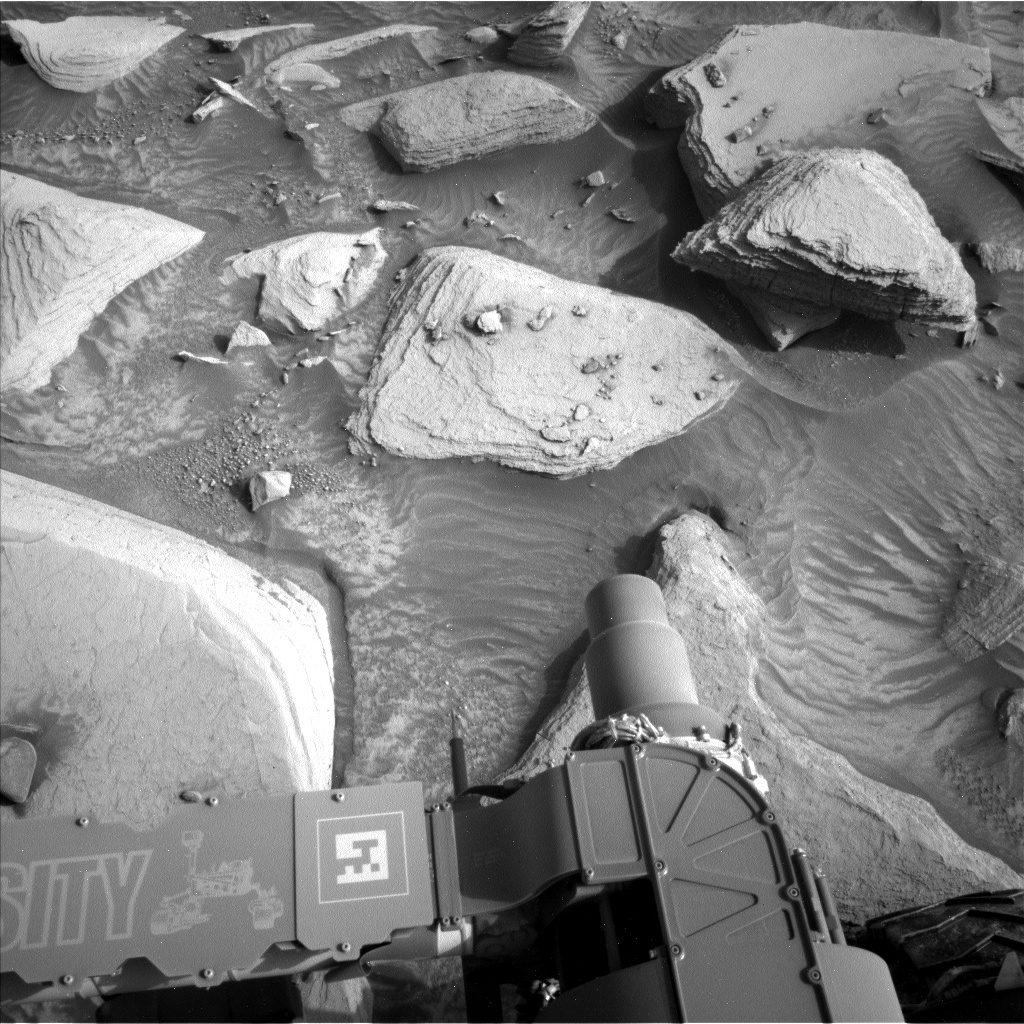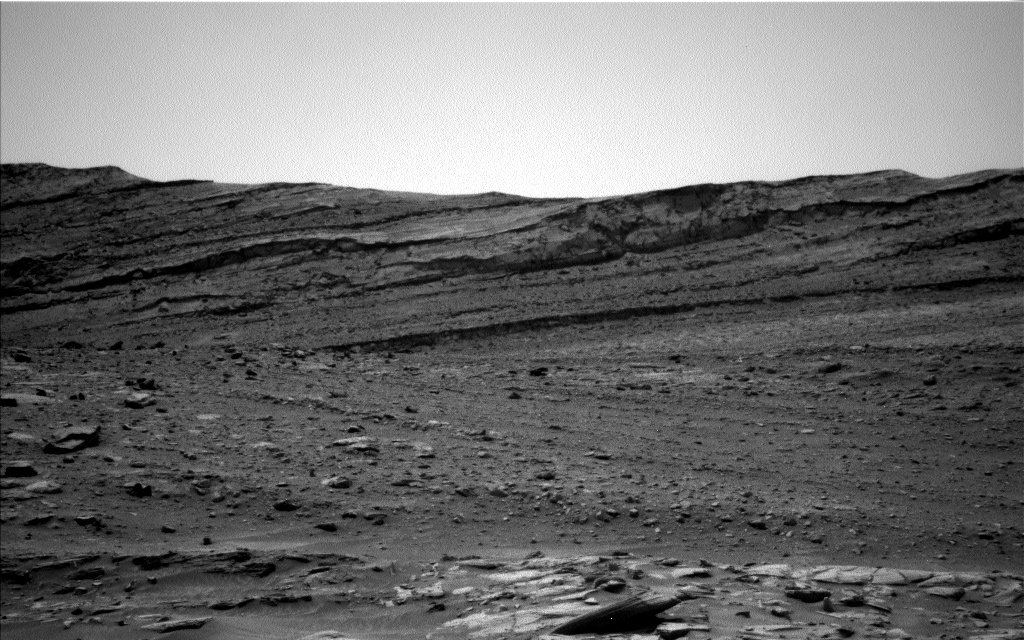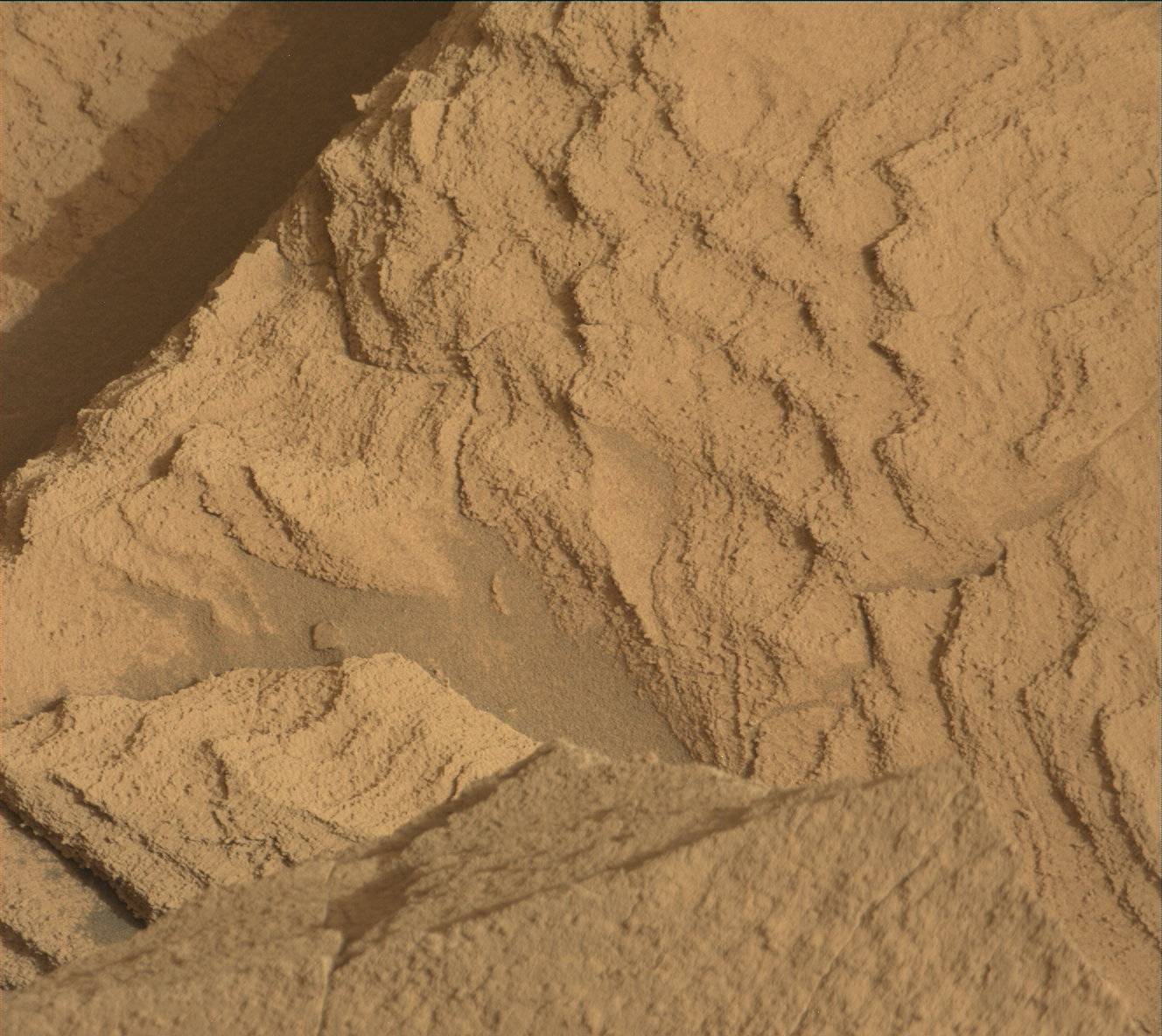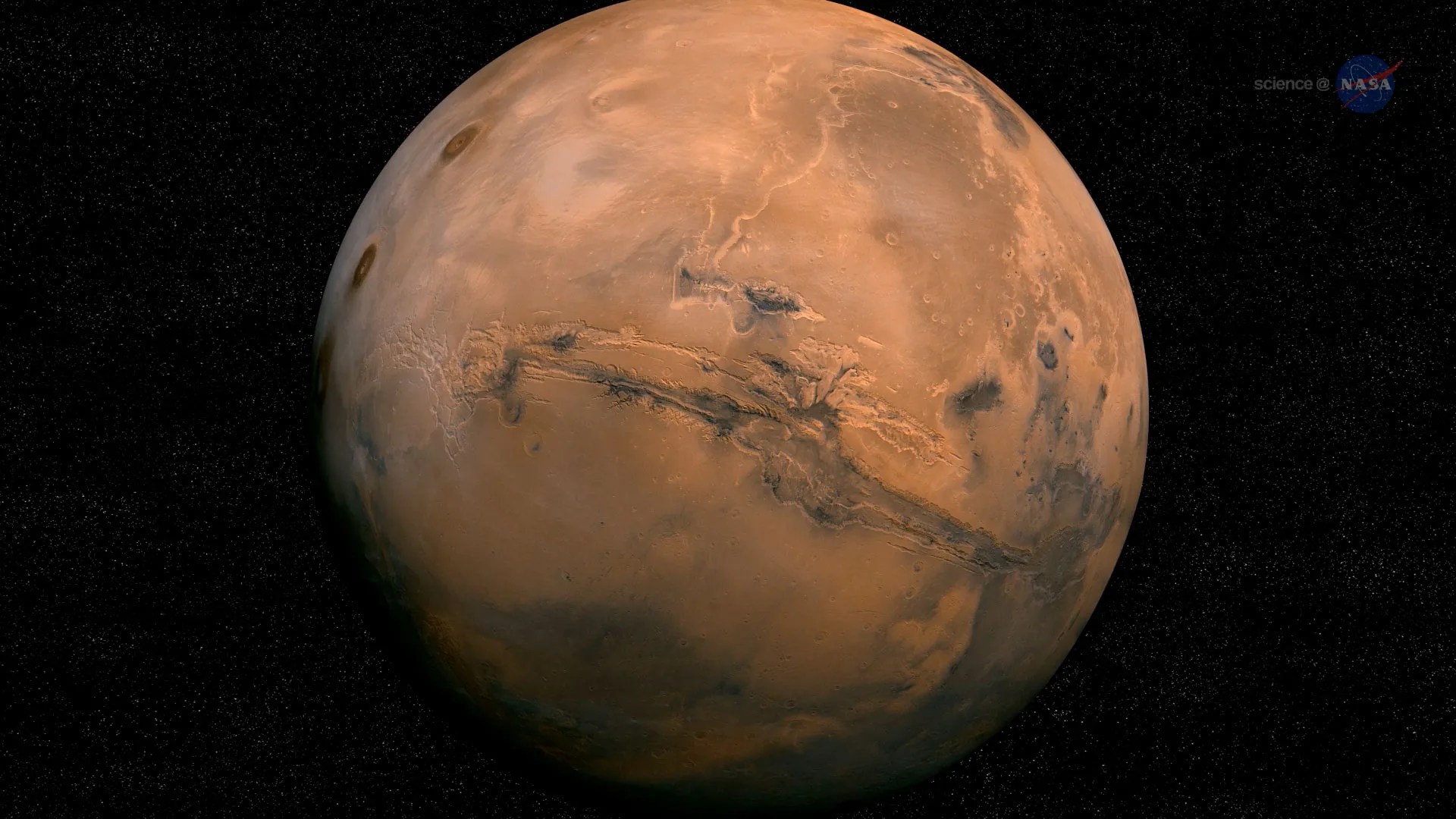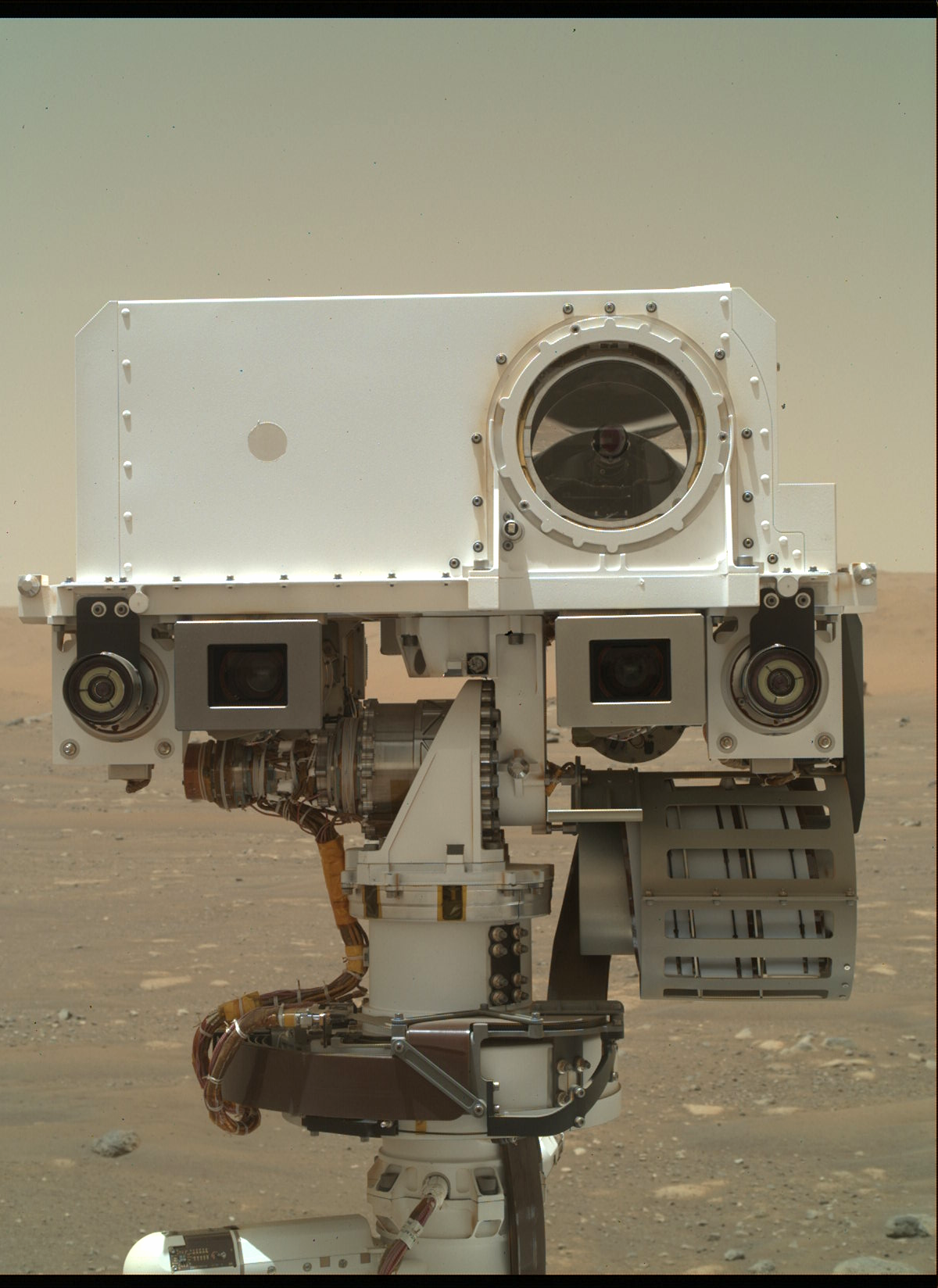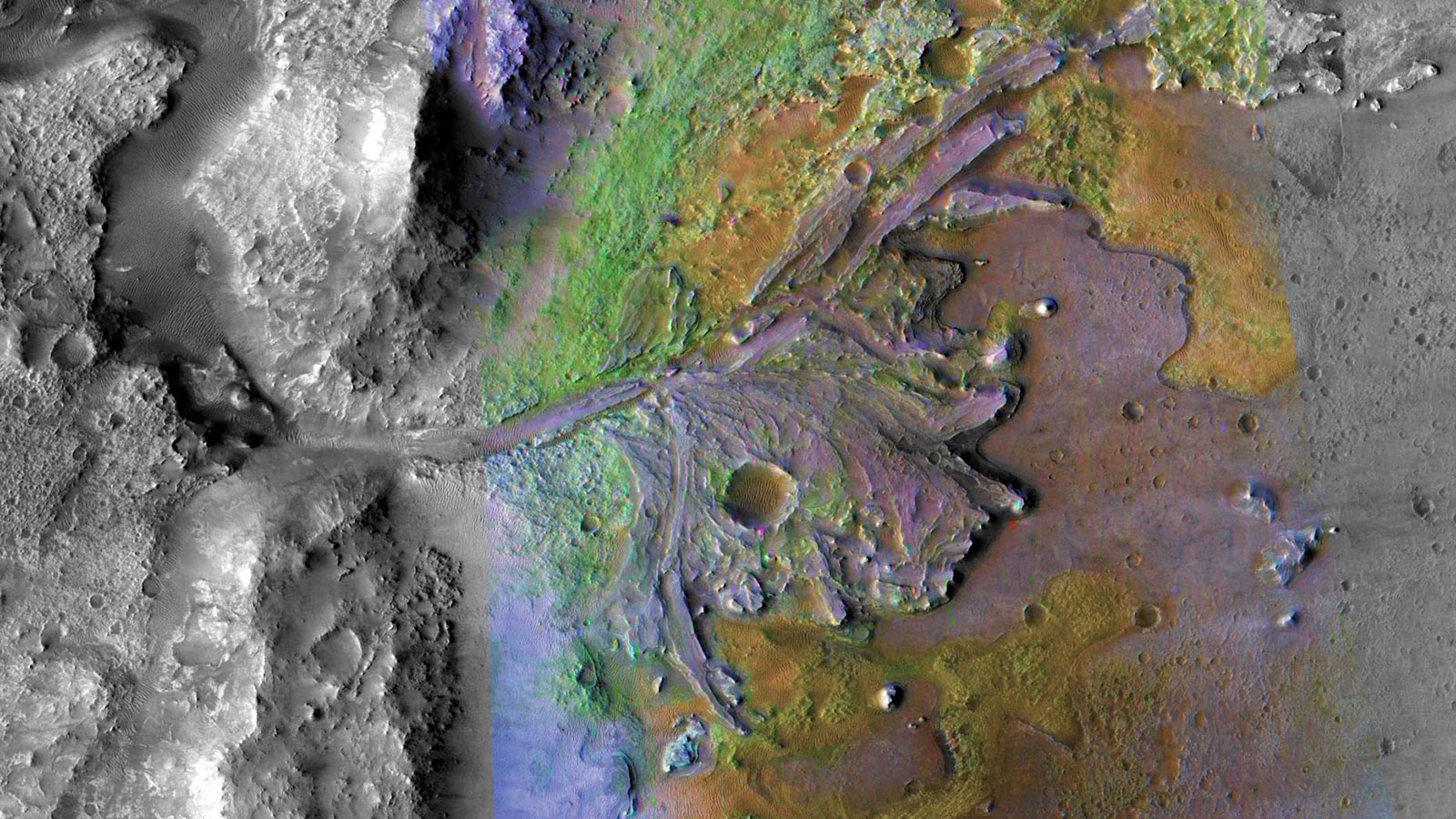2 min read

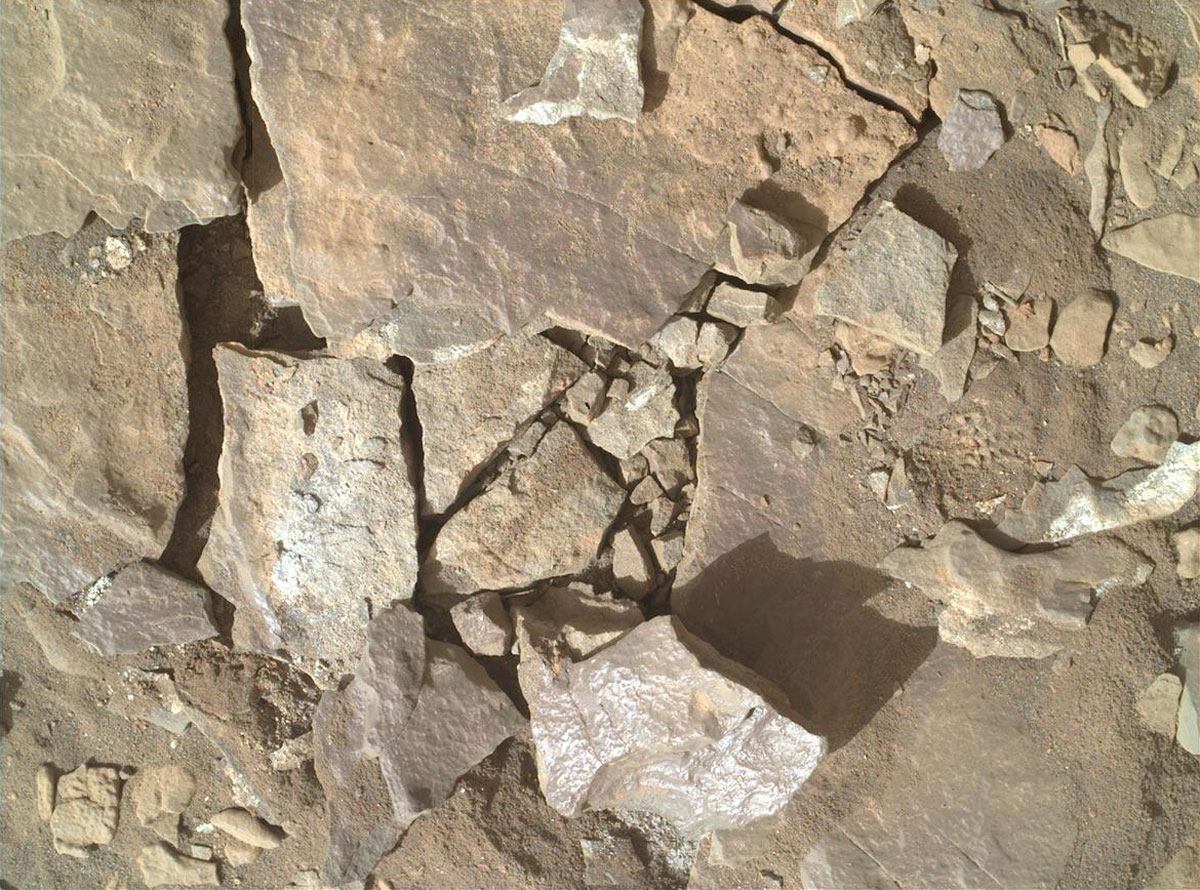
Last week, Perseverance attempted an abrasion on the Chiniak target at Enchanted Lake. Scientists and engineers worked together to plan this activity on an intriguing target of potentially fine-grained rocks at the base of the Jezero delta. But, when the images came down on sol 564 (September 21st), the once coherent rock target was broken, precluding any further proximity science or sampling on or near the target.
While working on operations, I have experienced what it’s like when significant effort is required to plan an activity, only for the plan to be thwarted by the unexpected response of Mars’ surface. Something I quickly noticed, however, is how these perceived setbacks do not dampen the spirits of the operators. In this way, the Mars 2020 team truly encapsulates the rover’s name “Perseverance.”
As soon as the team learned that the Chiniak abrasion attempt was unsuccessful, the scientists and engineers immediately worked to select an alternate abrasion target for the upcoming sols, in addition to investigating what information could be extracted from the broken rock surface. While we had to forgo abrasion proximity science on this target, we gained information about the cohesiveness and strength of the rock and had the opportunity to observe and compare both freshly broken and weathered rock surfaces. Thanks to the quick work of the science and engineers, a new target was selected for a successful abrasion just a couple of days later.
As an early career scientist that has worked on the team for about a year now, the Mars 2020 team’s internal perseverance has been an inspiration in my own life. In the science world, unsuccessful experiments can often be seen as failures. The work of the Mars 2020 Science Team has taught me how to view these scenarios as a learning opportunity, regain momentum towards a new goal, and never lose sight of the bigger picture.
Written by Eleanor Moreland, Ph.D. Student at Rice University

